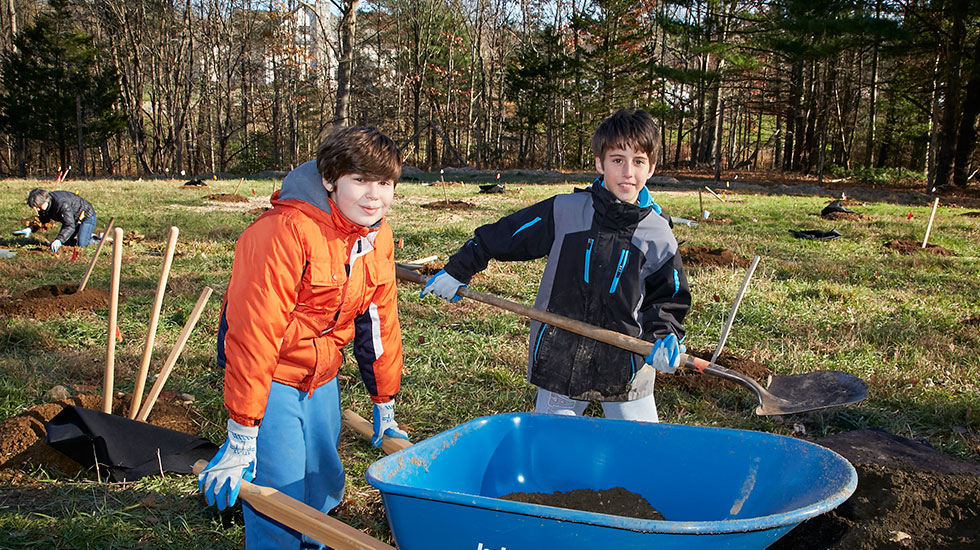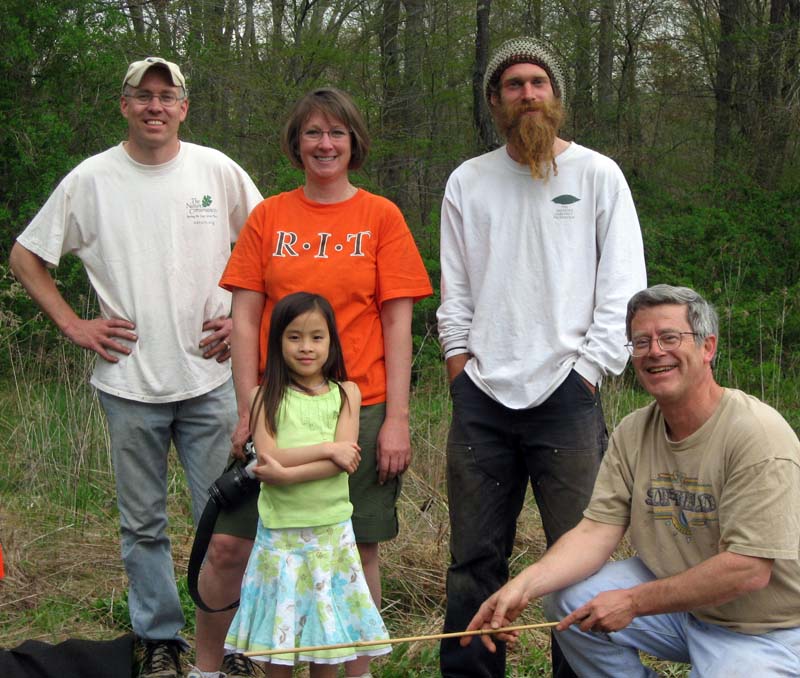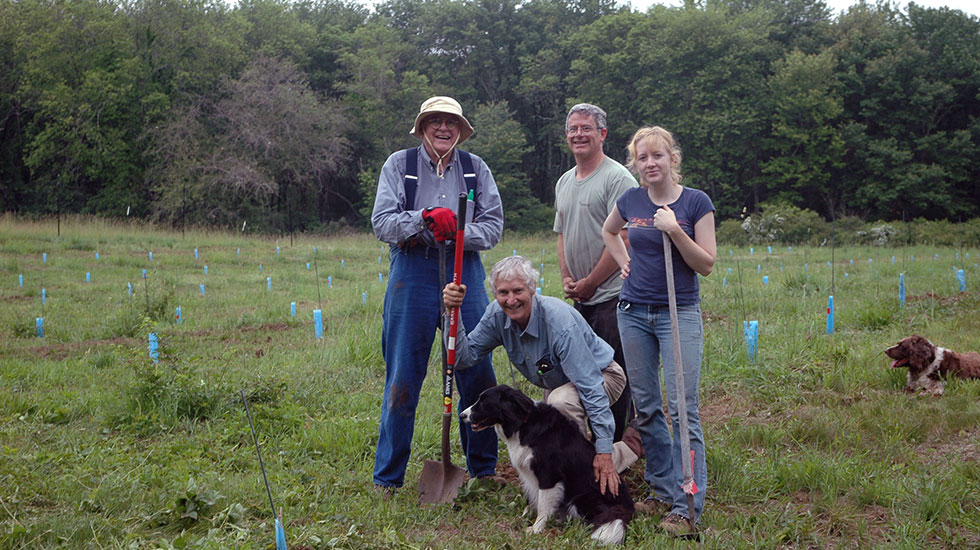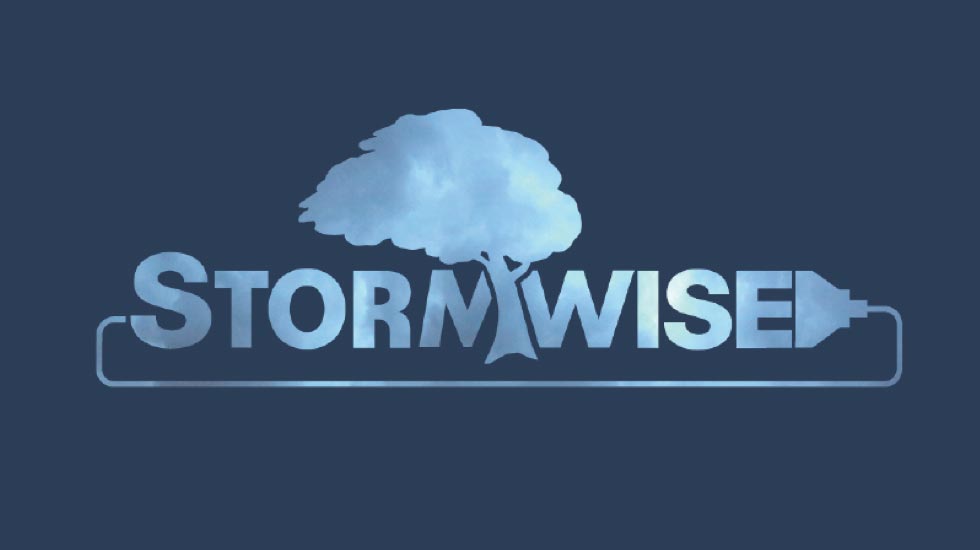Connecticut News
American Chestnut Seedlings at the Greenwich Land Trust
GREENWICH, CT – On Saturday, November 15th, 75 volunteers planted nearly 400 American Chestnut seedlings at The Greenwich Land Trust’s American Chestnut Sanctuary. The Greenwich Land Trust (GLT) partnered with The American Chestnut Foundation and the Greenwich Tree...
Development of Nut Plains Park Orchard
A view of a beautiful new American chestnut seedling emerging from its nut as viewed down a Bluex Tree Tube Shelter. Photographer Leila Pinchot [click on photo to see larger version] A group of dedicated individuals, representing the American Chestnut Foundation and...
Siting Seed Orchards
In a seed orchard we plant 3000 nuts representing crosses between the twenty lines of trees we pollinated and grew in our backcross orchards. We monitor them for resistance and remove the trees until only those very resistant and American chestnut looking trees...
New Seed Orchards
What is a TACF Seed Orchard? A TACF seed orchard represents one of the final generations of breeding in TACF’s current breeding program. It’s the next step for the offspring of resistant trees identified in the Chapter’s Backcross Breeding Orchards. The Connecticut...
Nominating Committee – 2016 Report
CT-TACF Nominating Committee members John Baker (Chair), Woods Sinclair and Bill Adamsen are recommending the following slate of candidates for Board membership and for Chapter Officers: Nominees for Board membership Under the revised bylaws, as many as 10 Board...
2016 Annual Meeting
The CT Stormwise Program is the topic of our 2016 Annual Meeting Meeting Location - deKoven House, Middletown, CT Join us on Saturday April 23rd for the Annual Meeting of the CT Chapter of The American Chestnut Foundation at the Rockfall Foundation's deKoven...





